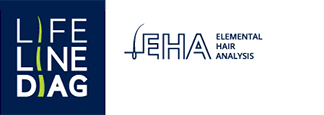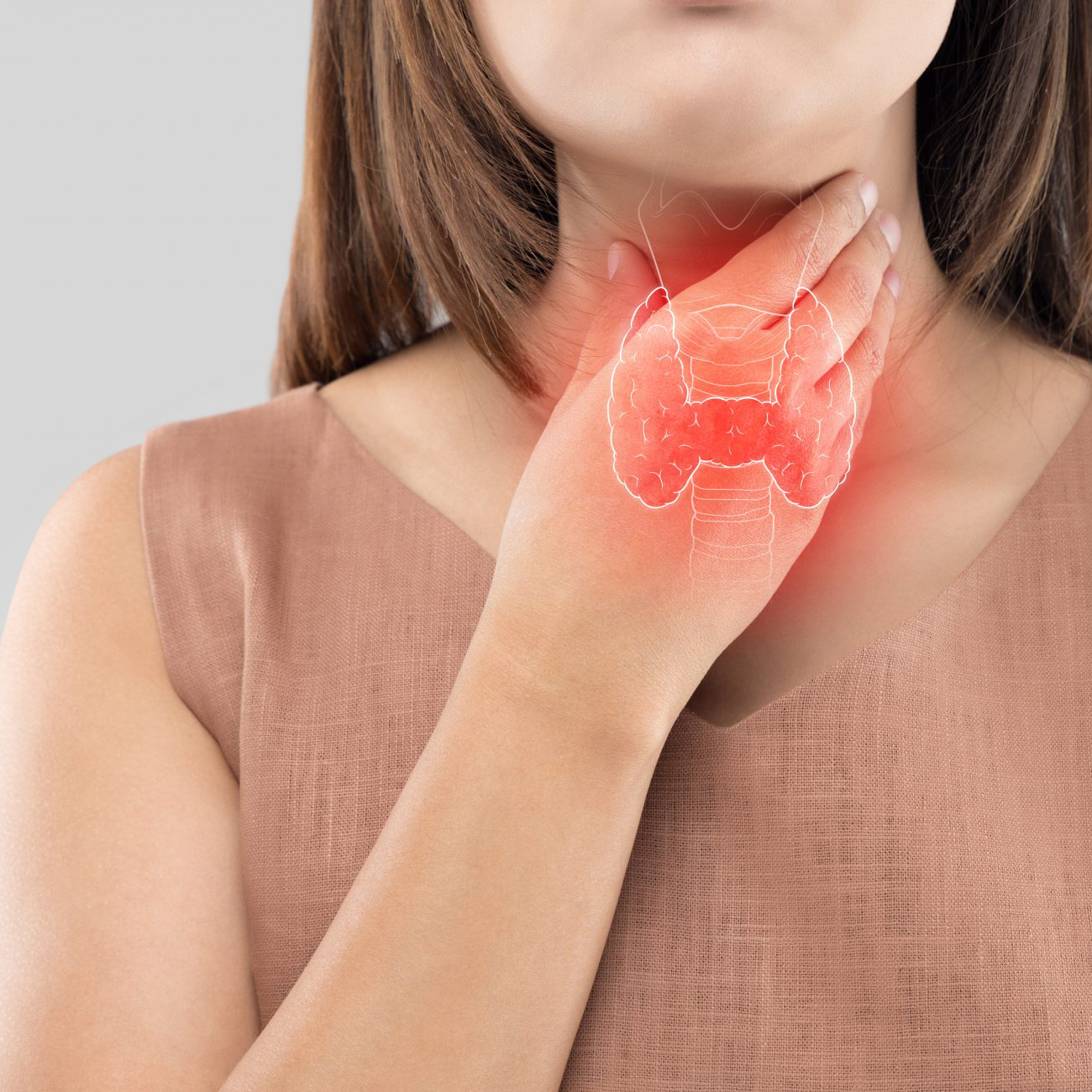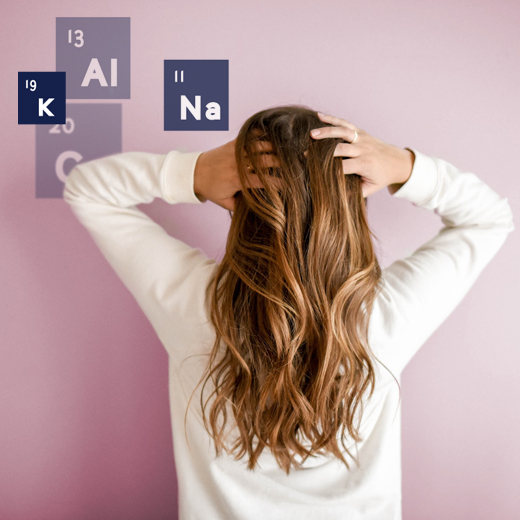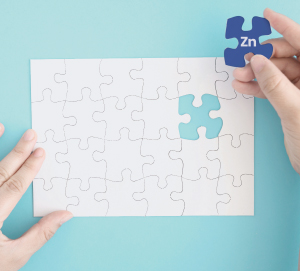Aluminium is a toxic metal that in terms of global presence, occupies third place among all elements on the periodic table. We can safely say that we are surrounded by it. This is why we should learn to recognise its sources in order to protect ourselves, particularly children, who are particularly exposed to the negative effects of this element.
We have contact with aluminium every day and in almost every situation. Ways it gets into the body include the digestive tract due to contaminated food products, and skin penetration through cosmetics that we use every day. Its source may be kitchen pots (including enamelled ones – if they have been damaged, they’re not safe) and canned drinks, which in the case of children, especially those with any diagnosed neurodevelopmental problem, must be completely eliminated.

















